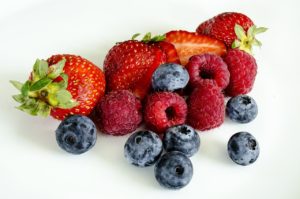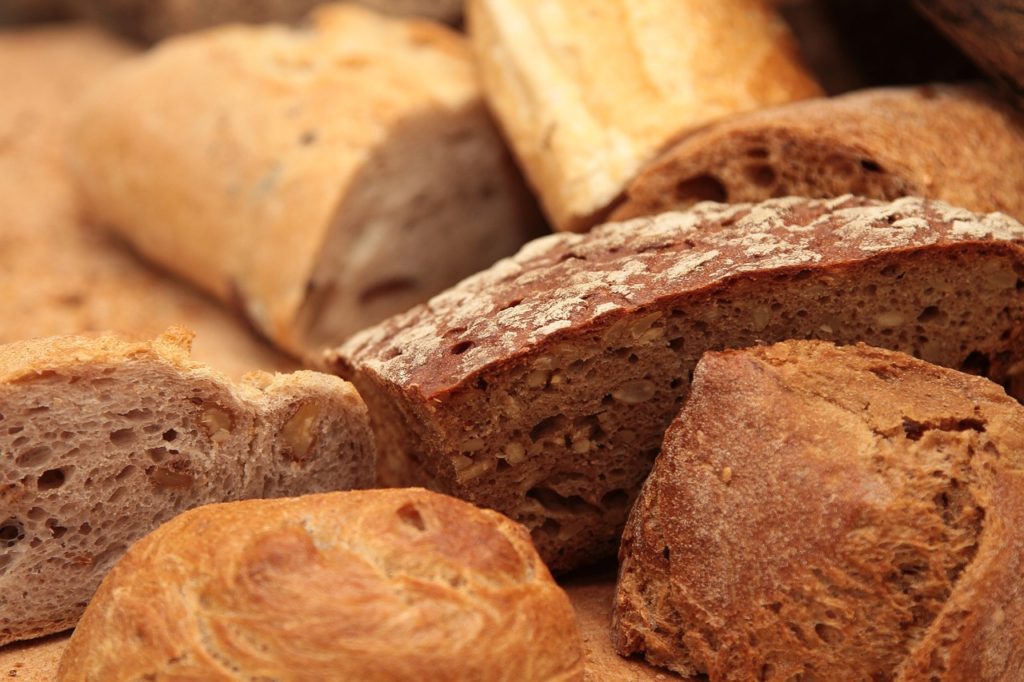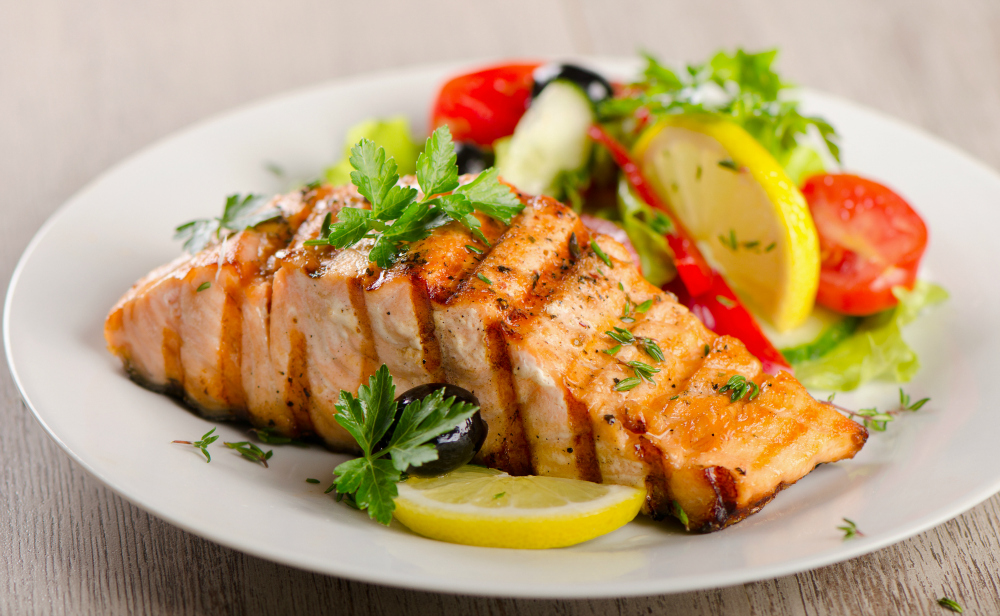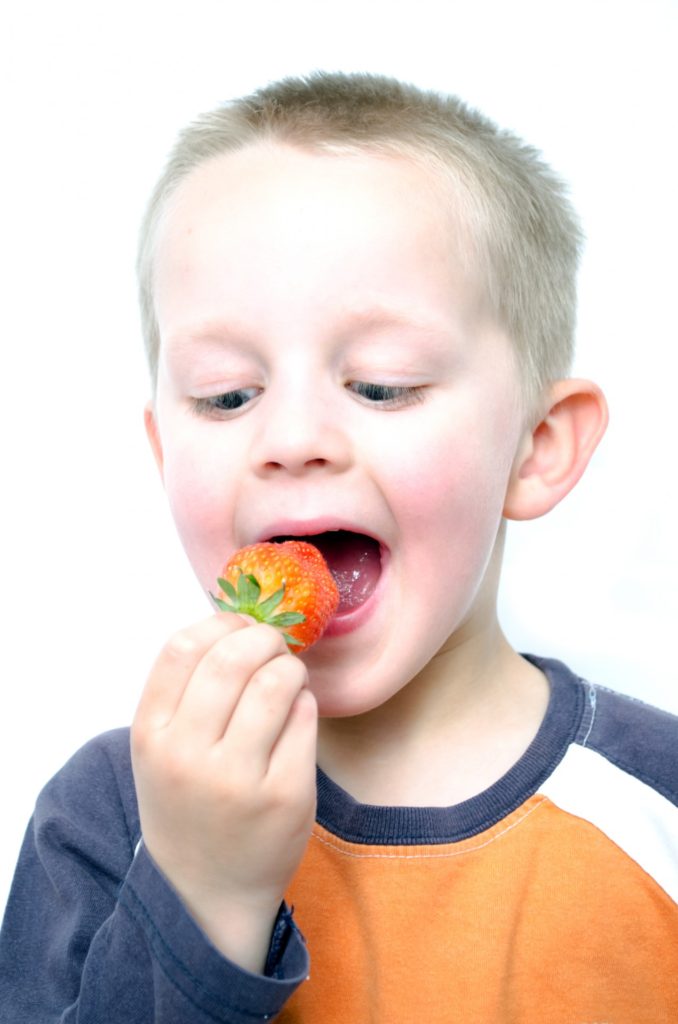Early childhood nutrition plays an important part in your toddlers’ brain development. In the first 36 months, your baby grows rapidly, developing both physically and mentally. Reading, listening to music and playing with your little ones are good stimuli for their budding senses, but providing them with a well-rounded nutrition plan forms the building blocks of healthy brain development.
To that end, we’ve put together a list of the top brain food groups for the little ones and the ingredients that provide them.
Iron

Why Iron: This oft-neglected nutrient is integral to the production of red blood cells. Healthy red blood cells ensure a strong circulation system for organs and tissues to get the oxygen and nutrients they need for development.
Foods with Iron: Meats like pork, chicken, beef; leafy greens like spinach and kale; egg, and fish.
Serving suggestions: Lean and minced meat or fish may be introduced into your toddler’s diet once they are ready for solid food. For vegetables, spinach and kale are not only rich in iron but folate as well. You can puree and add them to the meal. Vegetable chips and crisps are also good ways to introduce greens into your child’s diet.
Antioxidants

Why Antioxidants: Antioxidants support vital metabolic functions within the body and help to build up your child’s immune system.
Foods with Antioxidants: Vivid coloured fruits like blueberries, strawberries and raspberries.
Serving Suggestions: Stir in fresh fruits with peanut butter (you can easily find peanut butter that does not have sugar added in) for a natural alternative to a peanut butter and jelly sandwich. Mix fruit bits into yoghurt or iron-fortified cereal for a quick breakfast option. Also these fruits are the perfect size for little hands and are great for a post meal snack all on their own.
Complex Carbohydrates

Why Complex Carbohydrates: These are fibre-rich whole grains that act as fuel for the brain. The presence of fibre slows down the body’s absorption of energy supplying a slow and steady source of energy for the brain while avoiding post-meal spikes in blood sugar levels.
Foods with Complex Carbohydrates: Whole grain cereals, bread and pasta, and brown rice.
Serving Suggestions: Pancakes and waffles made with whole grain flour are a great treat for children. Introduce whole-grain bread and brown rice to your child’s diet early to make complex carbohydrates an integral part of their daily nutrition.
Omega-3 Fatty Acids and DHA

Why Omega-3 Fatty Acids and DHA: These are the buzzwords within the brain food sphere and with good reason. Fats make up 60 percent of the brain and are an important part of the enzymes in the cell membranes to ensure nutrients are transported to the cells. They are also important for eye development and as most children are visual learners, good eyesight is important to their learning journey.
Foods with Omega-3 Fatty Acids and DHA: Salmon, shrimp, eggs, yoghurt, soybeans, and fortified milk.
Serving Suggestions: A child sized pack of greek yoghurt is a great option for a snack that the child may bring to school, pair it with some fresh berries for a more nutritious meal. Salmon omelette is also a tasty meal option packed full of omega-3 and DHA.
Choosing a fortified milk formula for your child helps round out their nutritional needs. Aptamil Toddler Gold + is fortified with DHA, Omega–3, Calcium and Iron to help meet your child’s daily dietary needs.
This article was brought to you by Aptamil.



